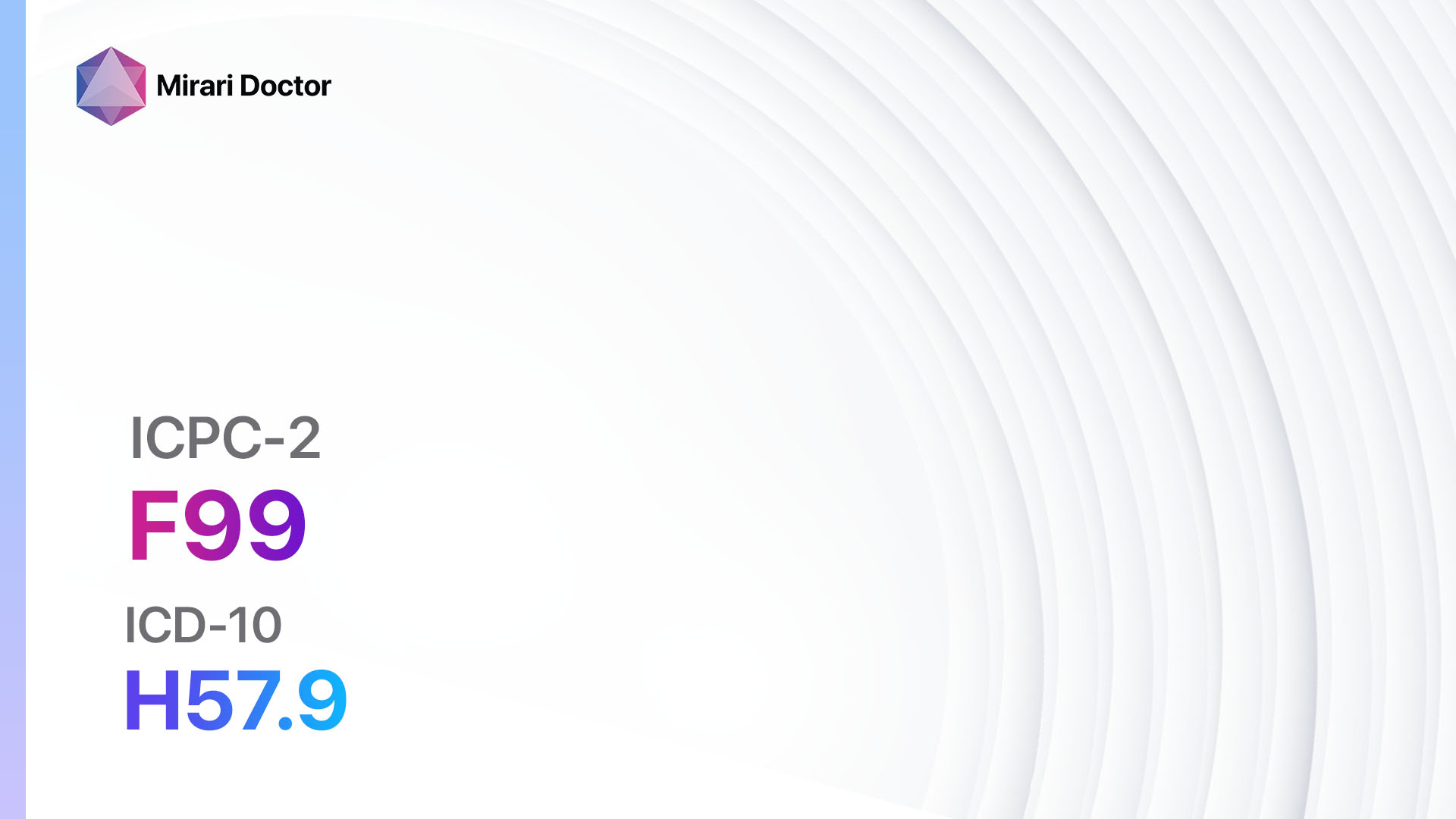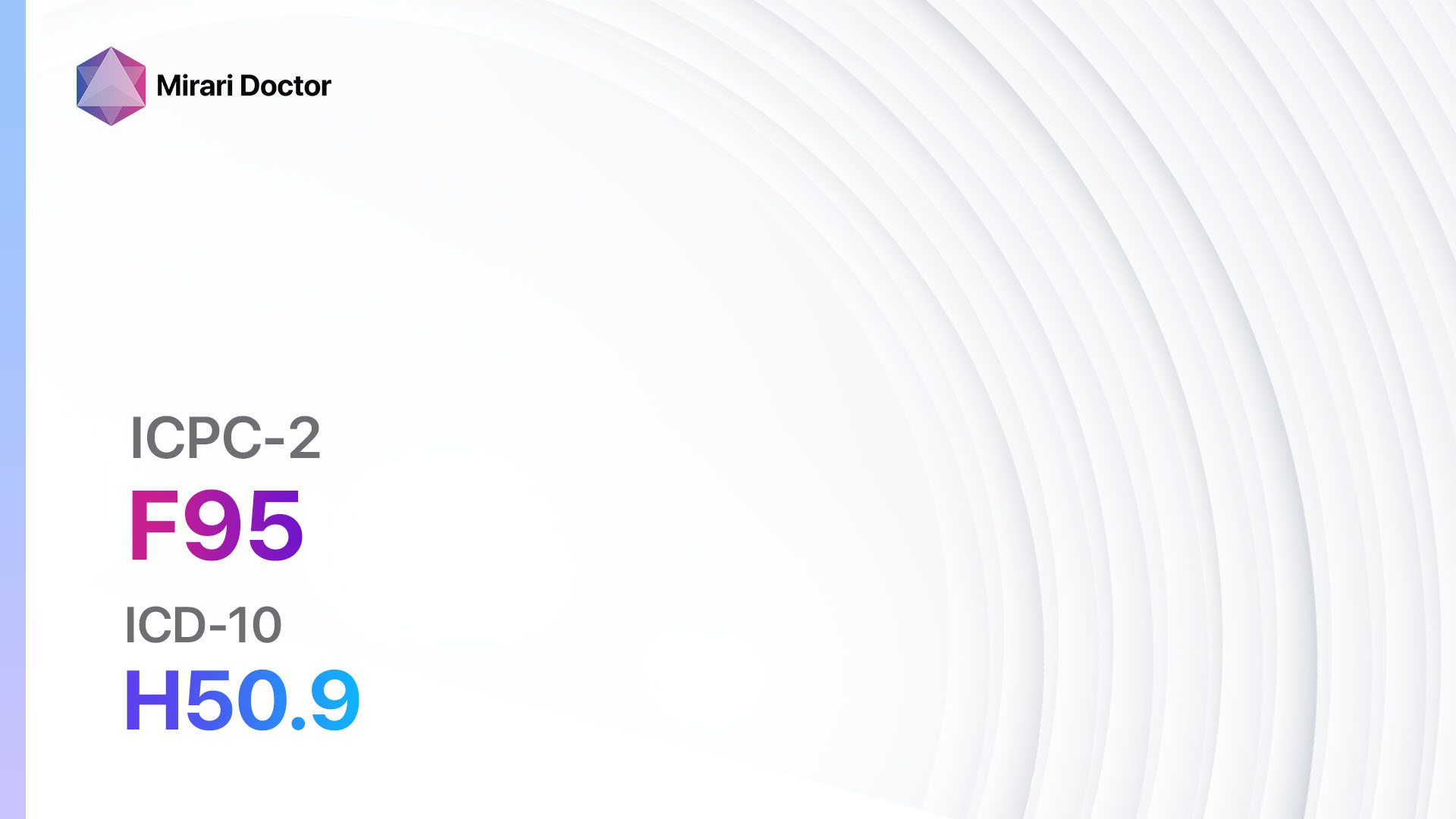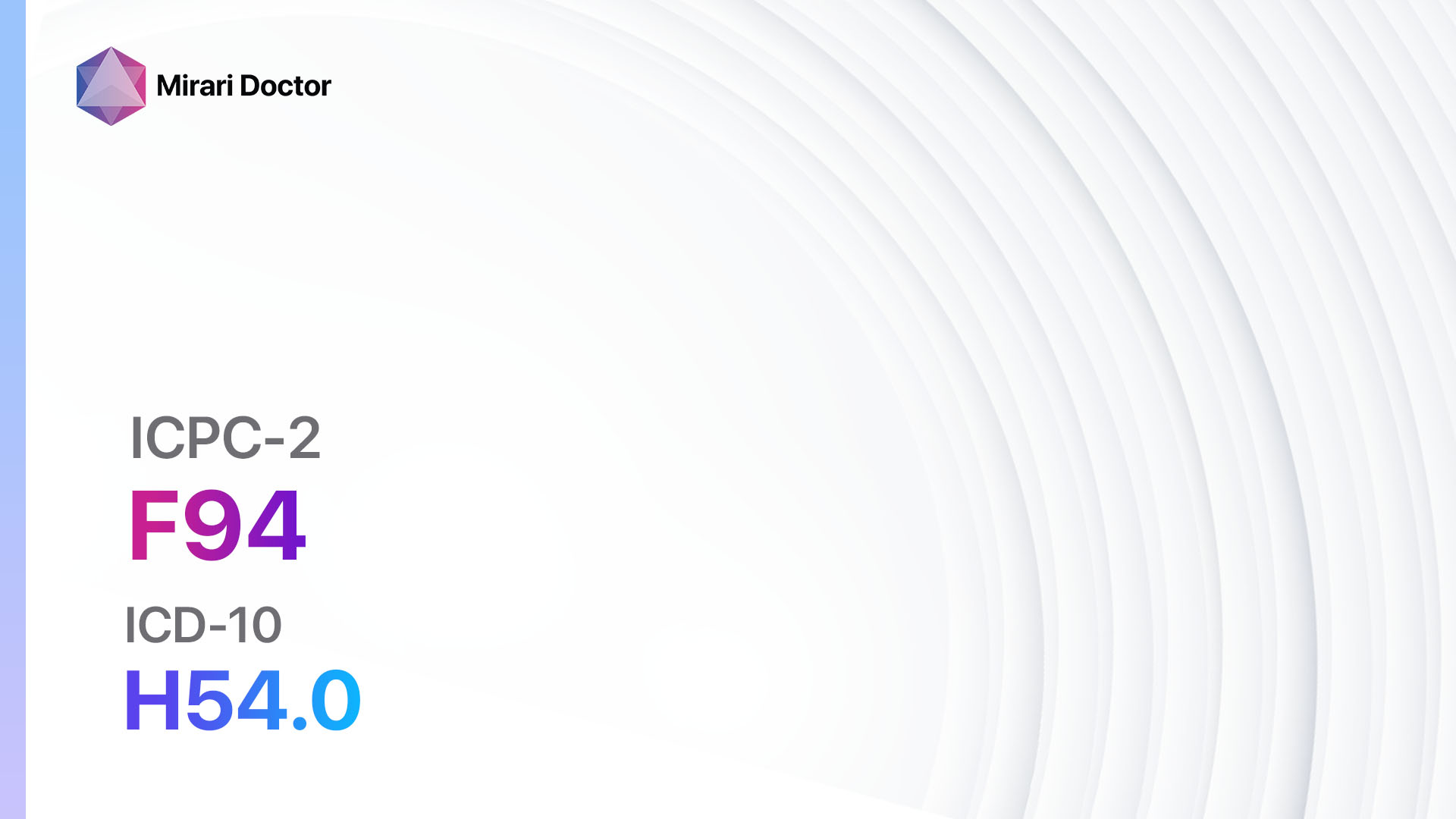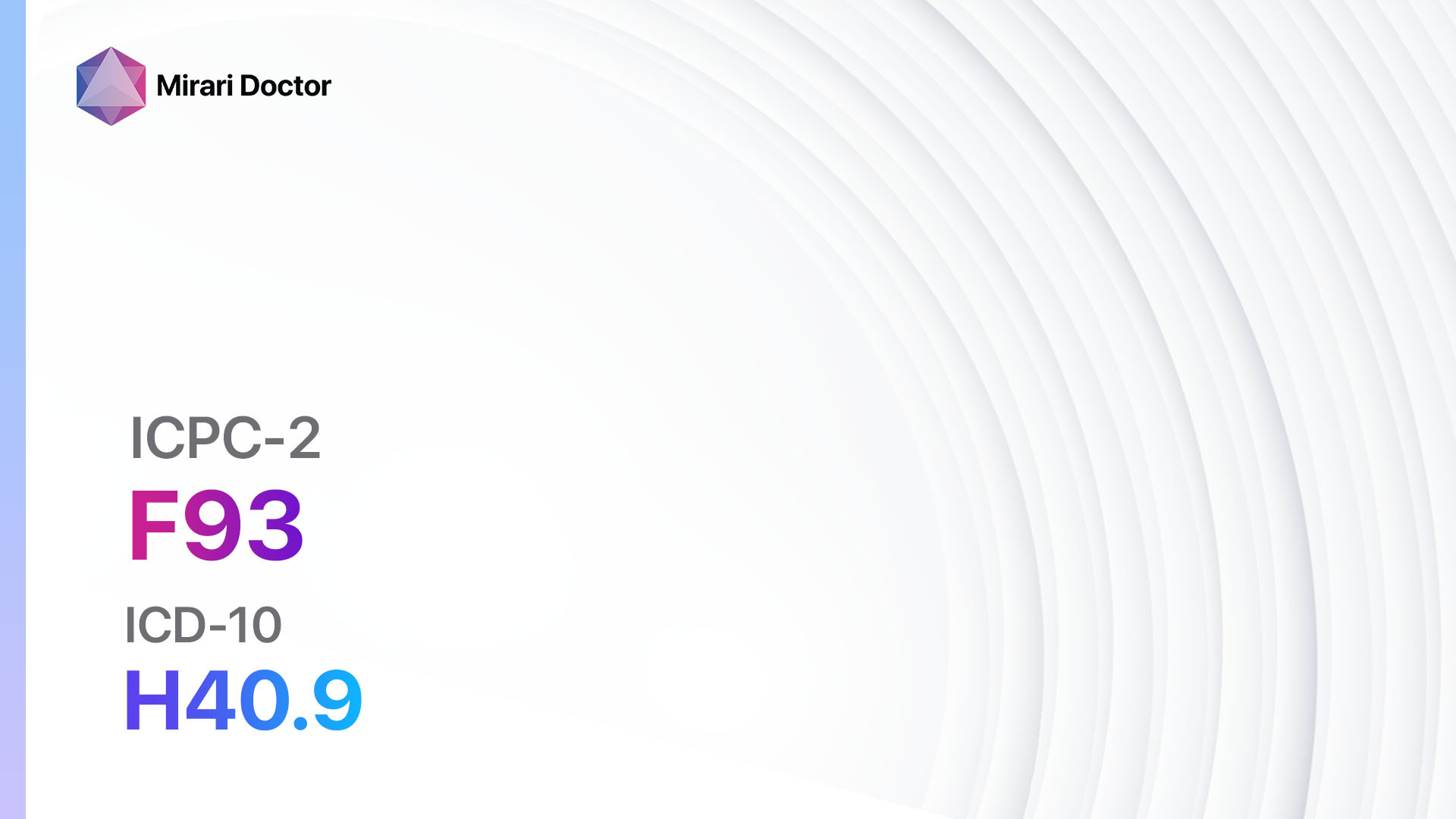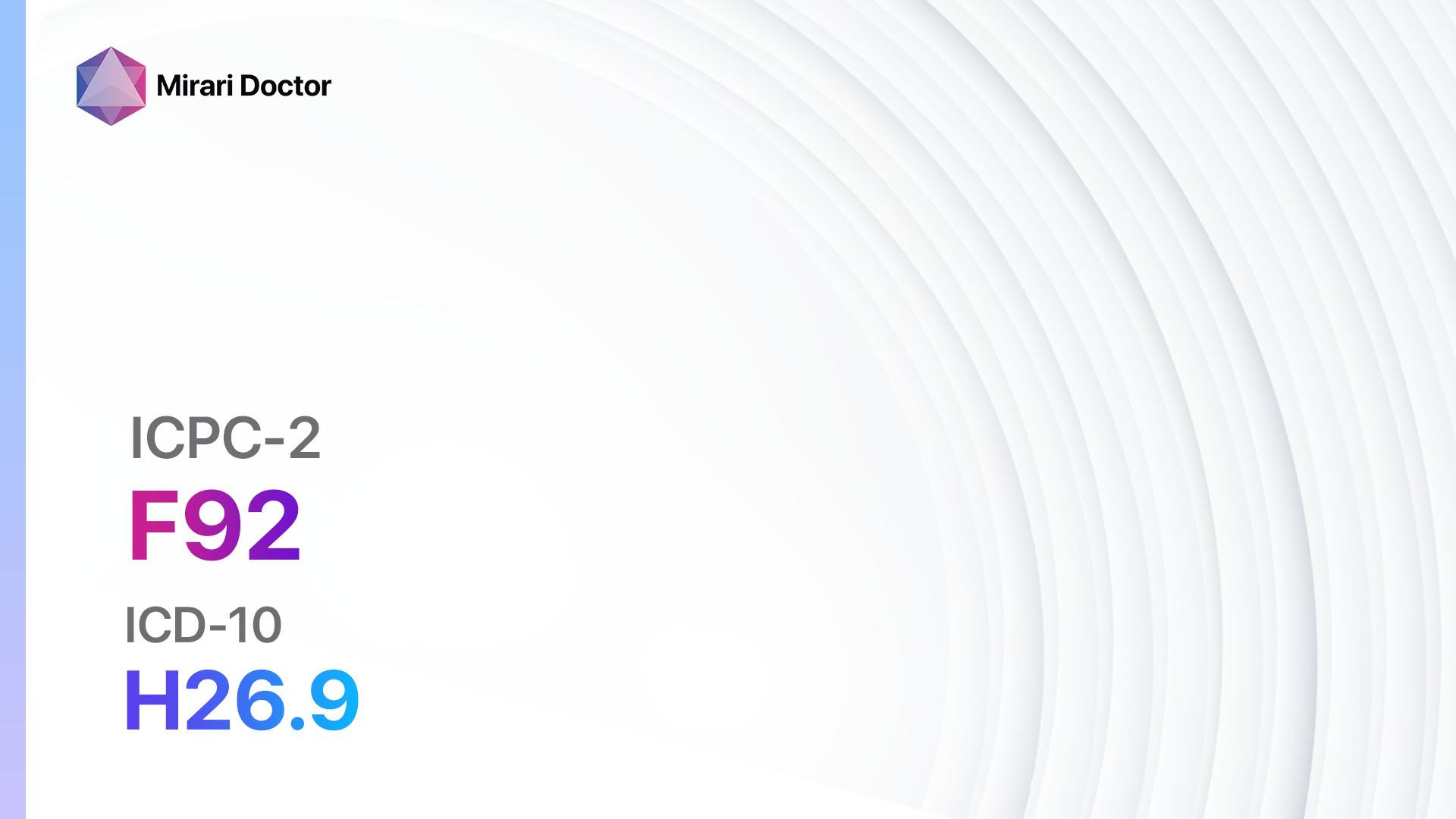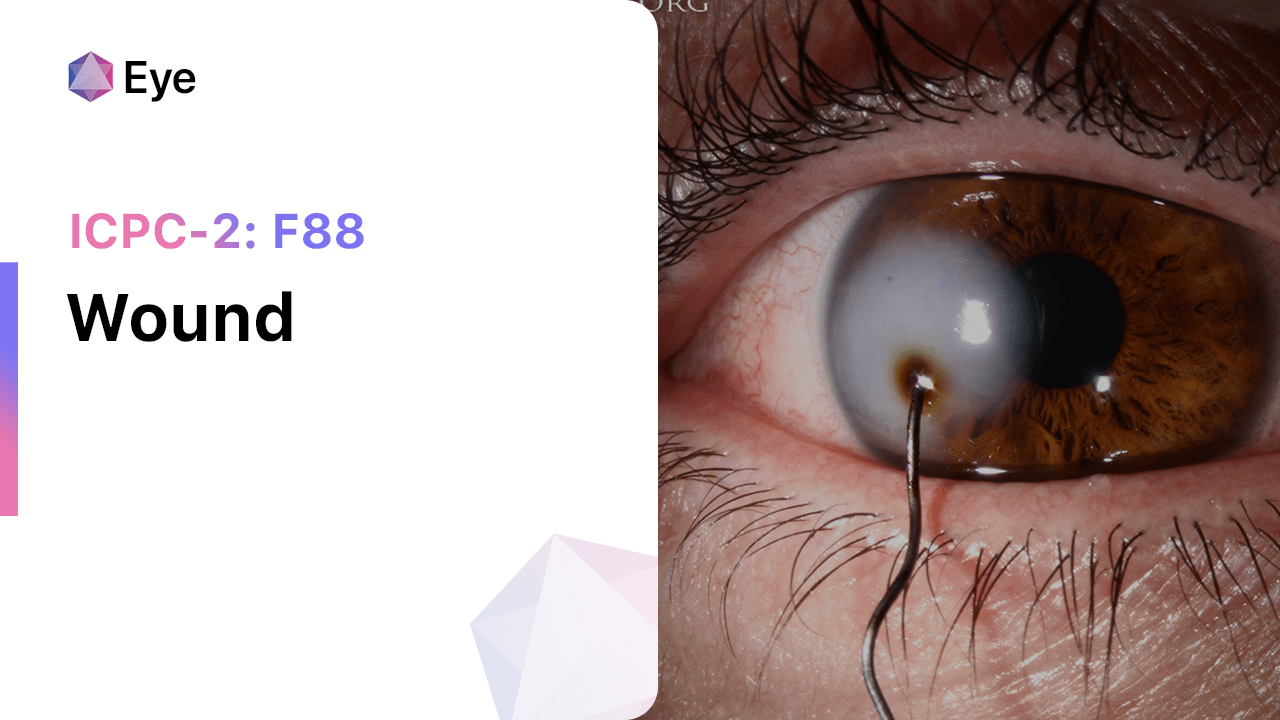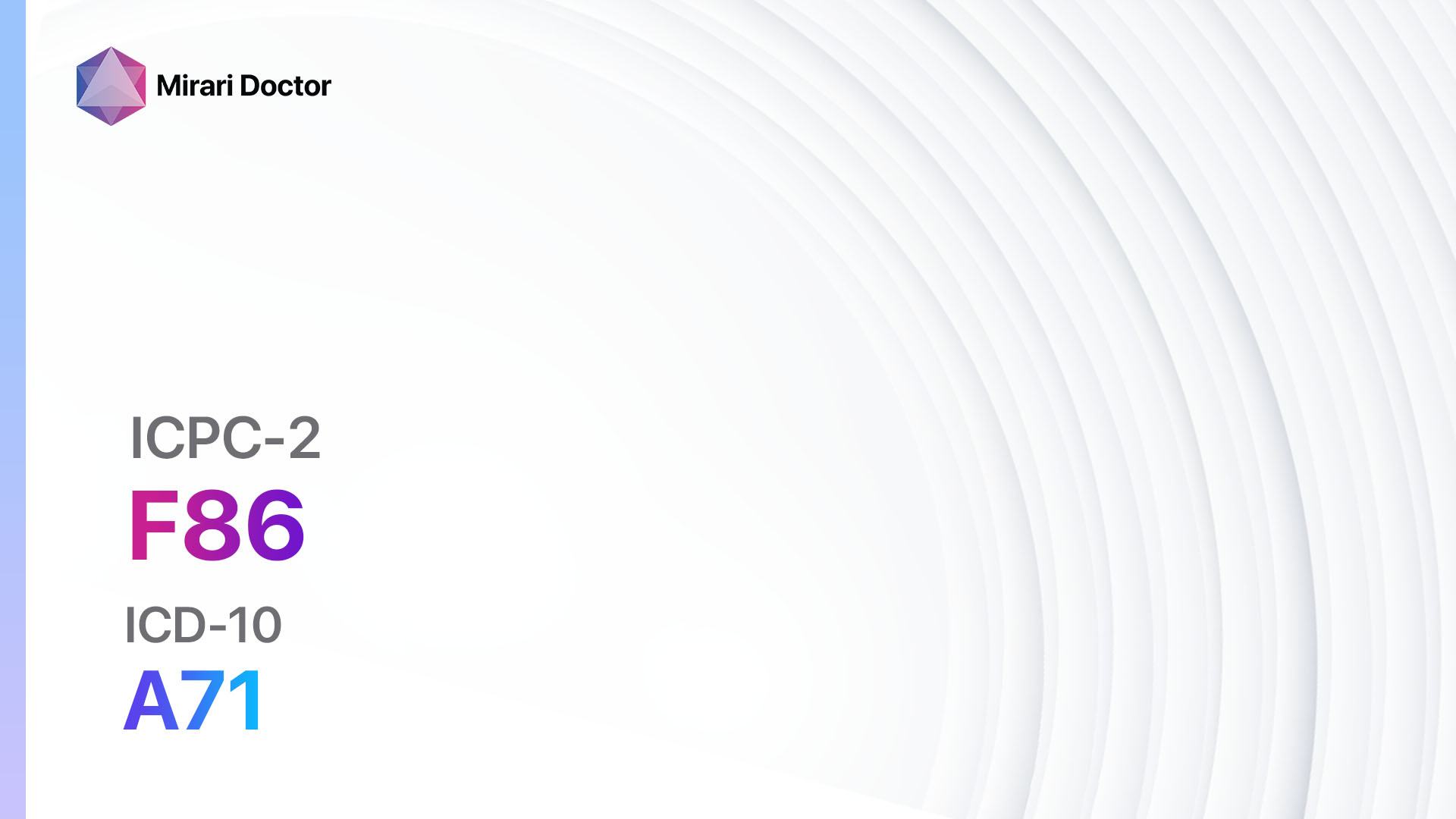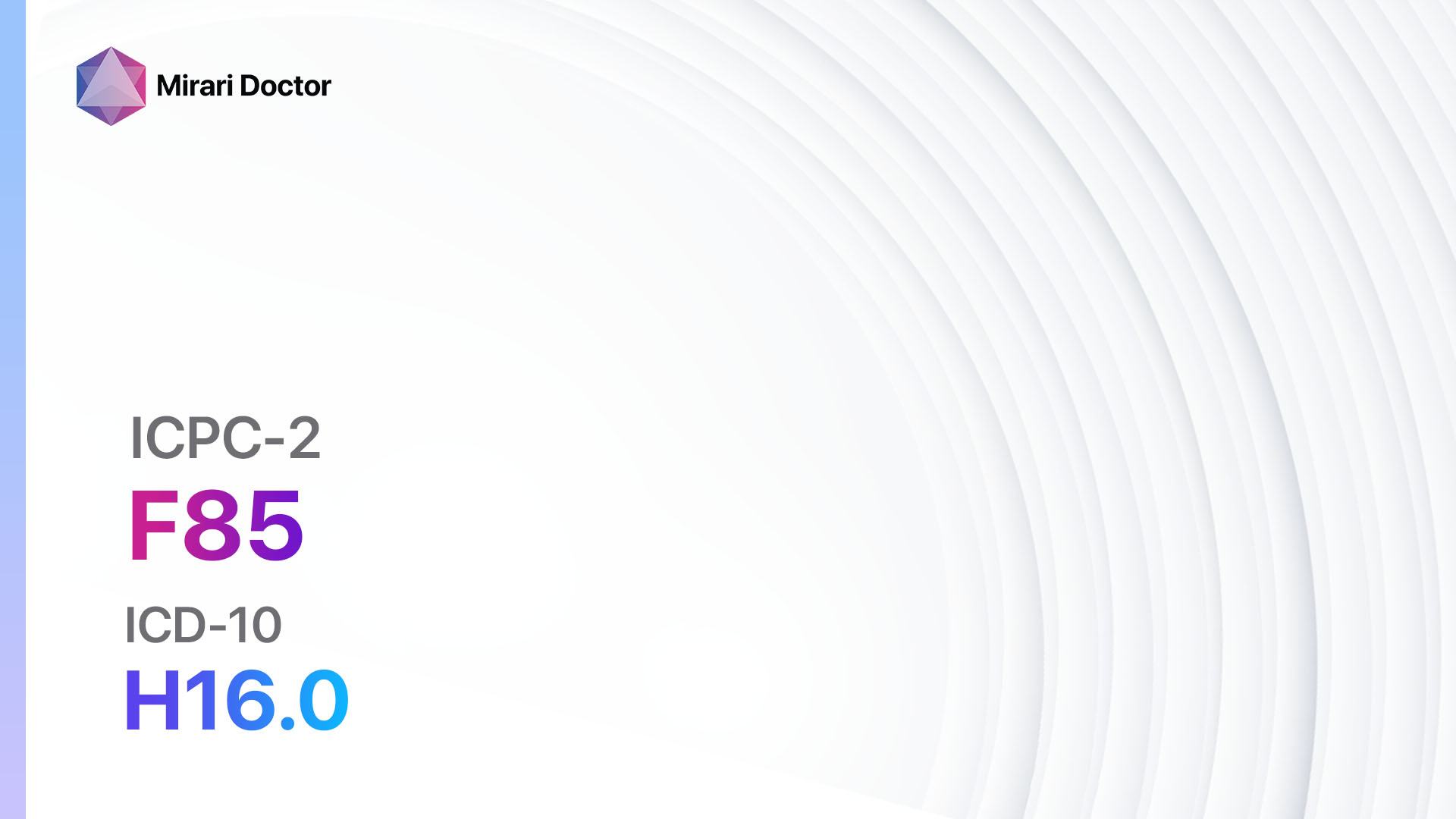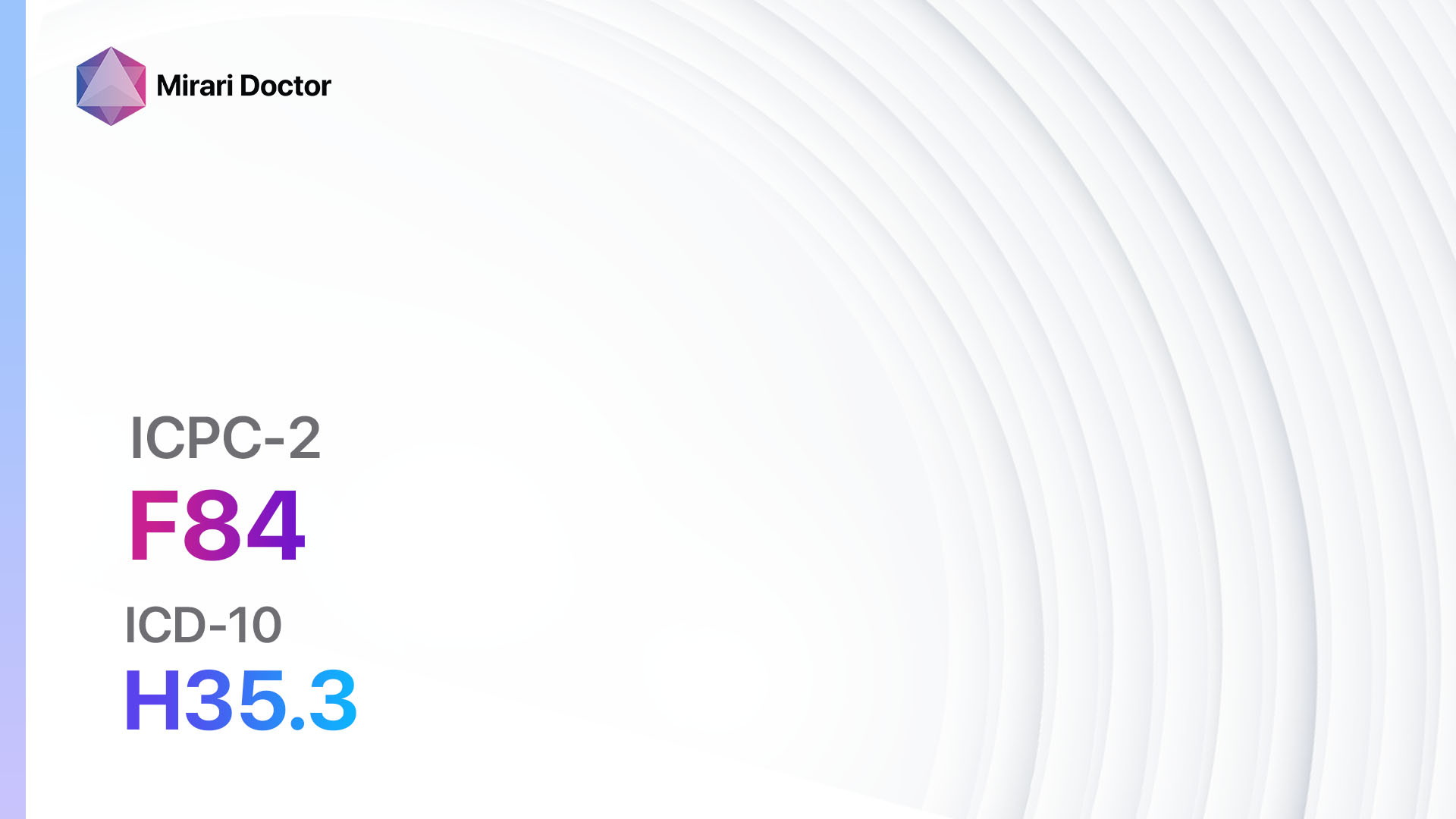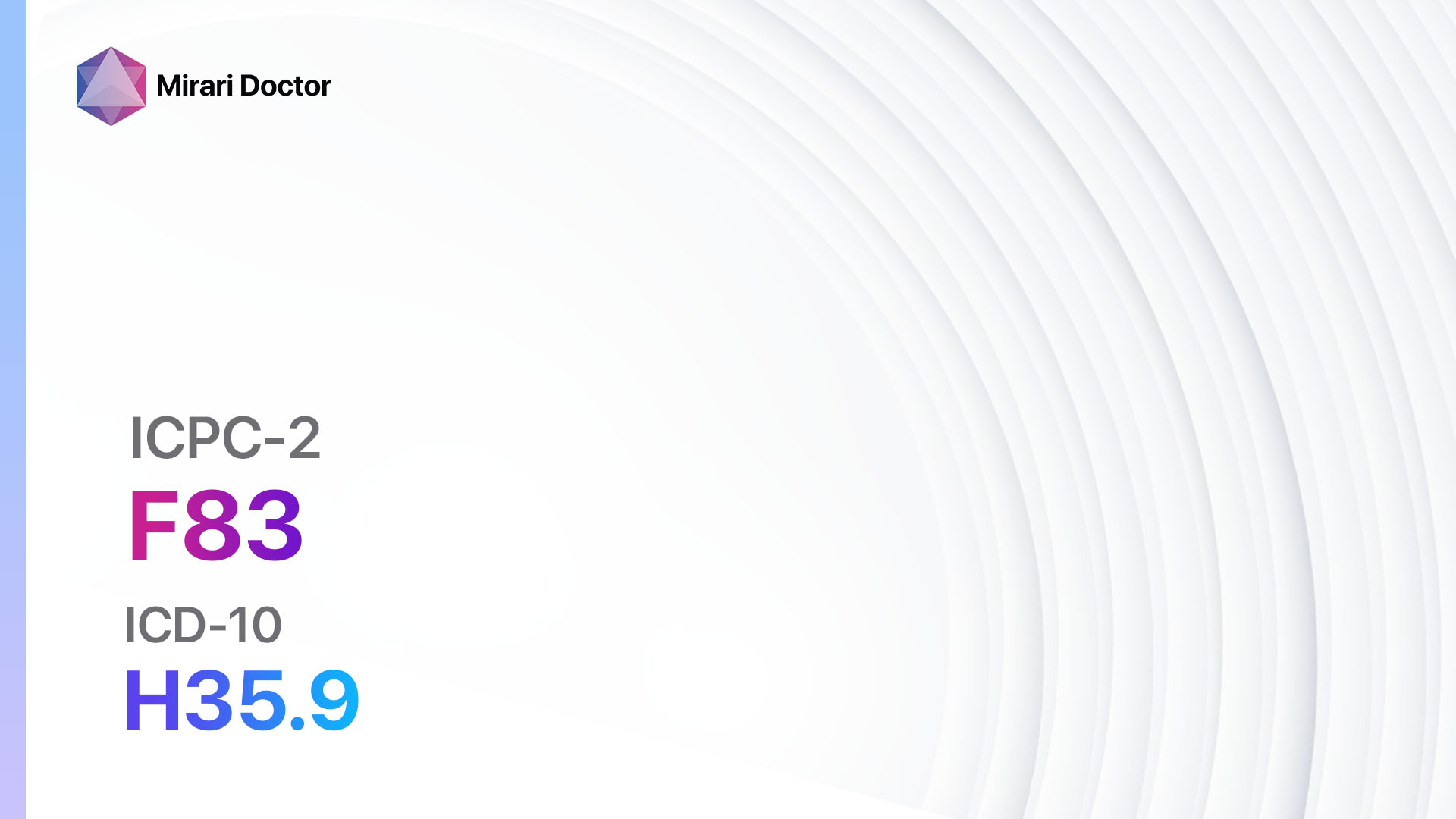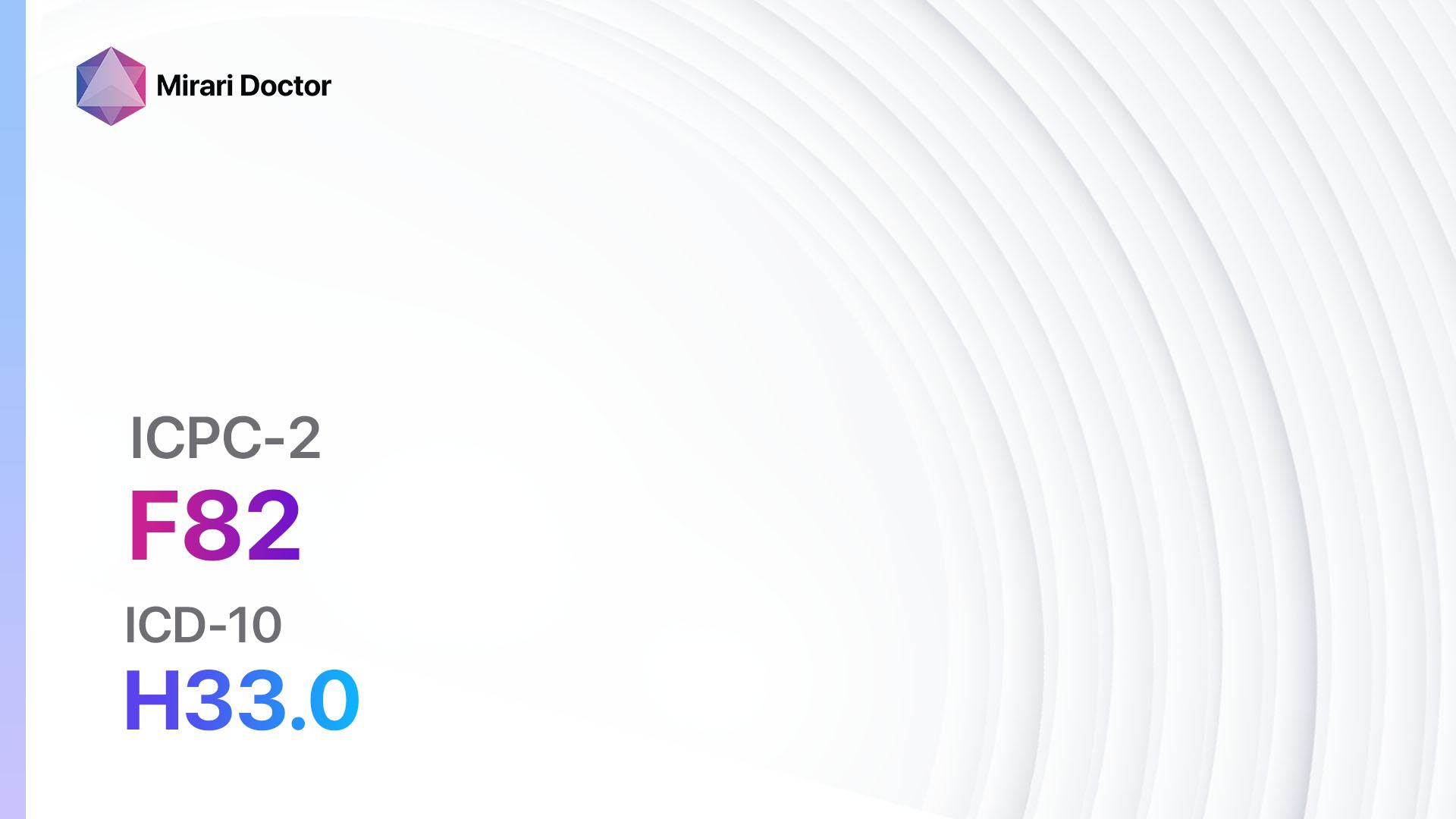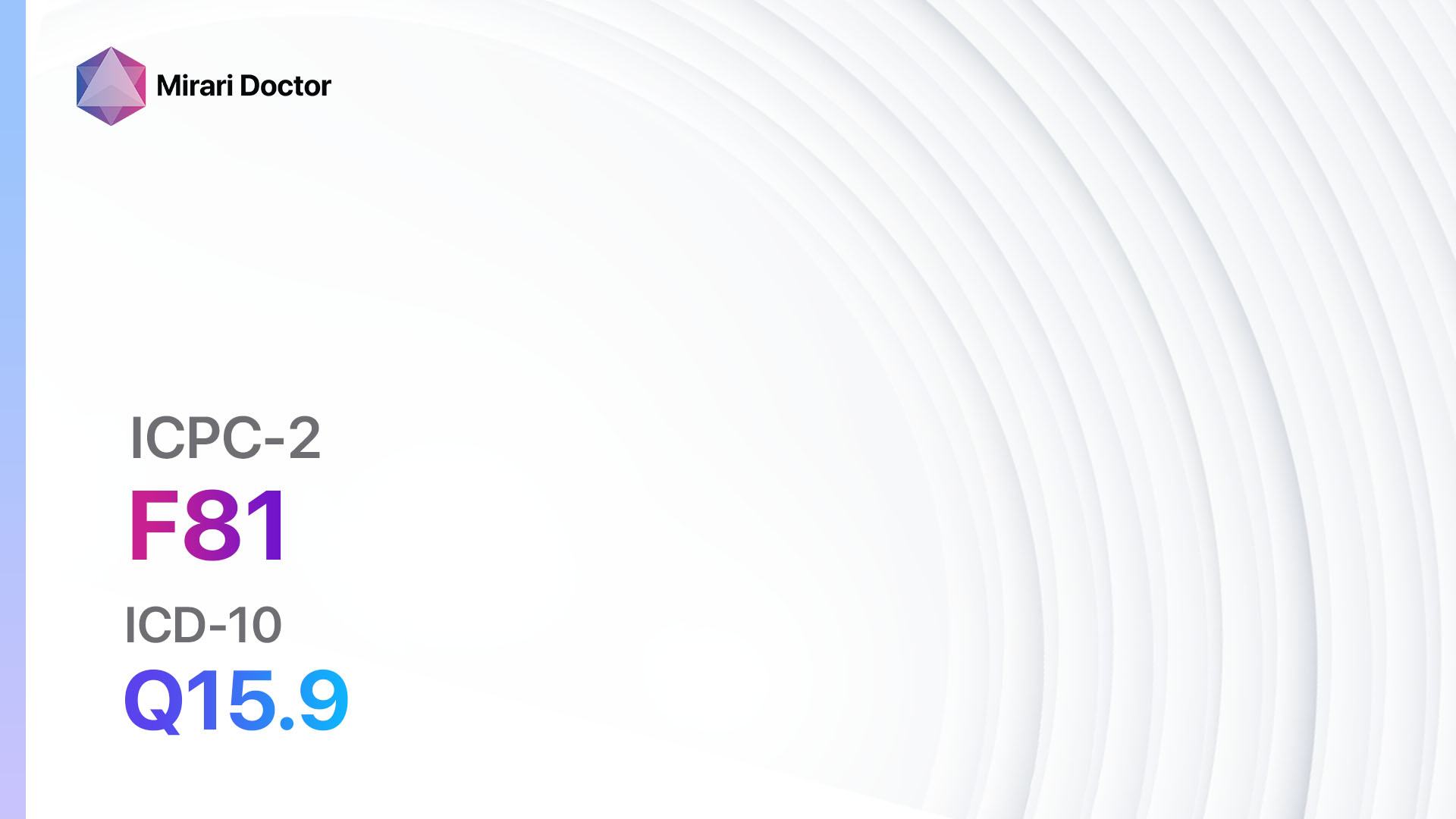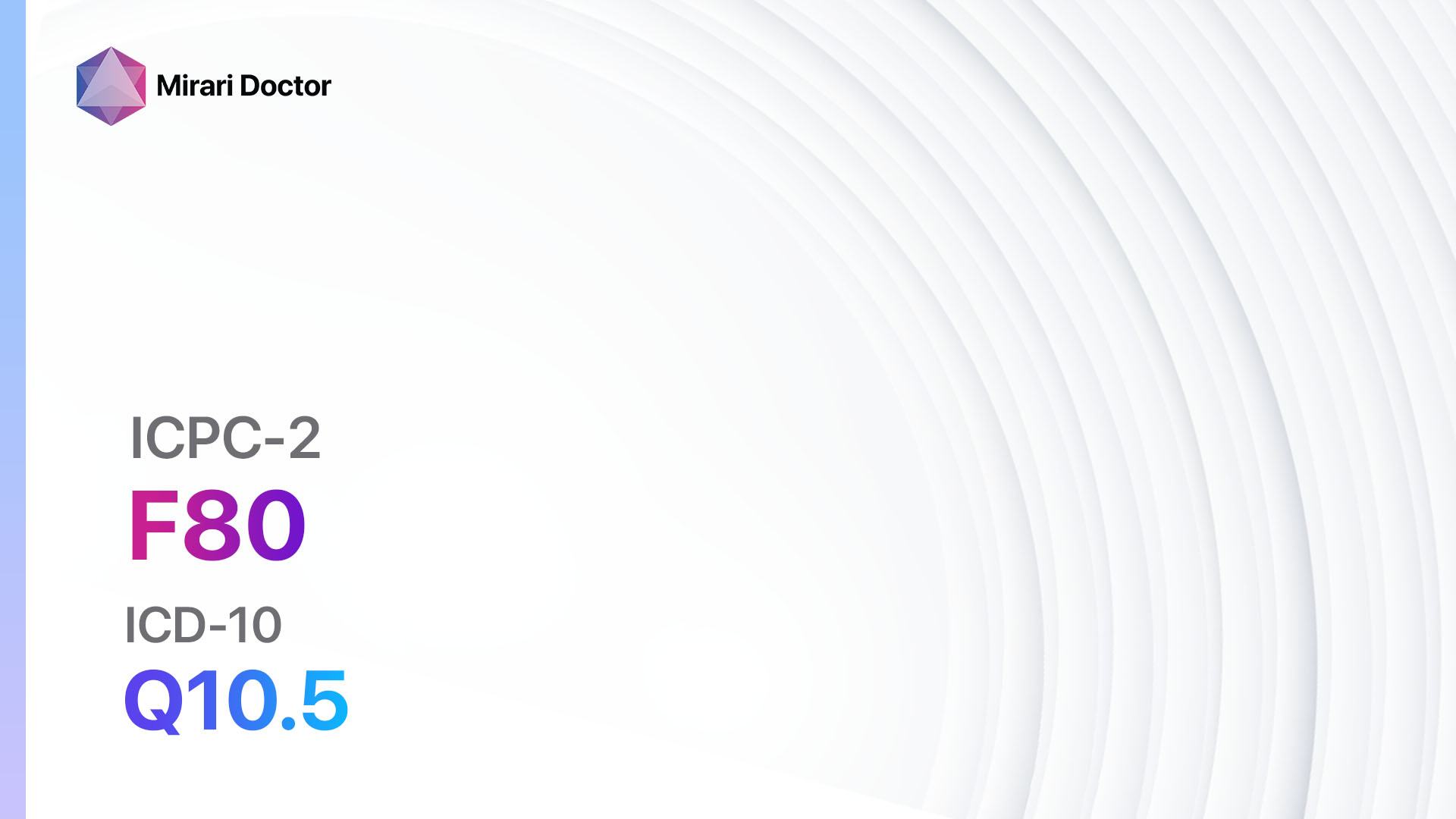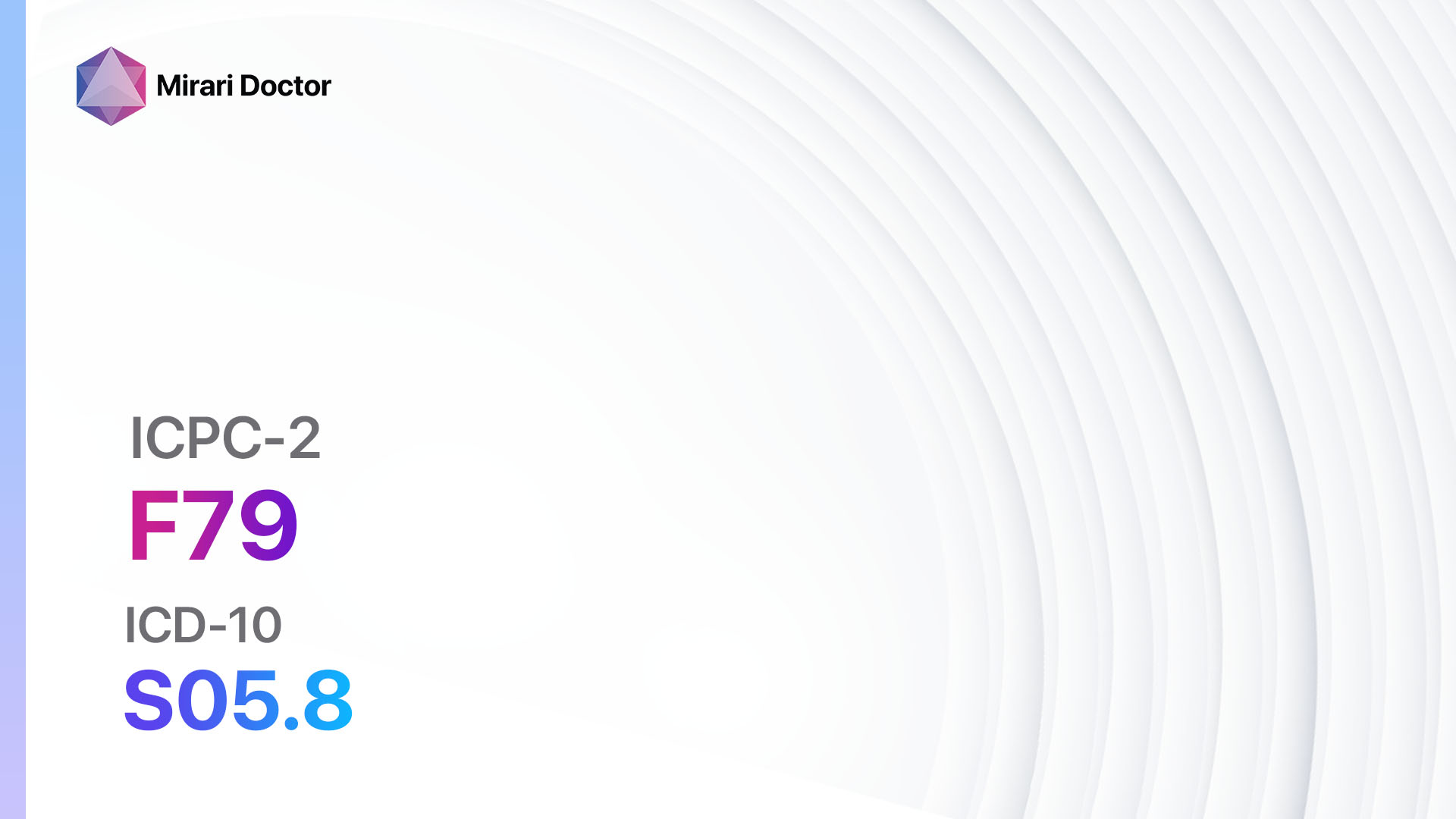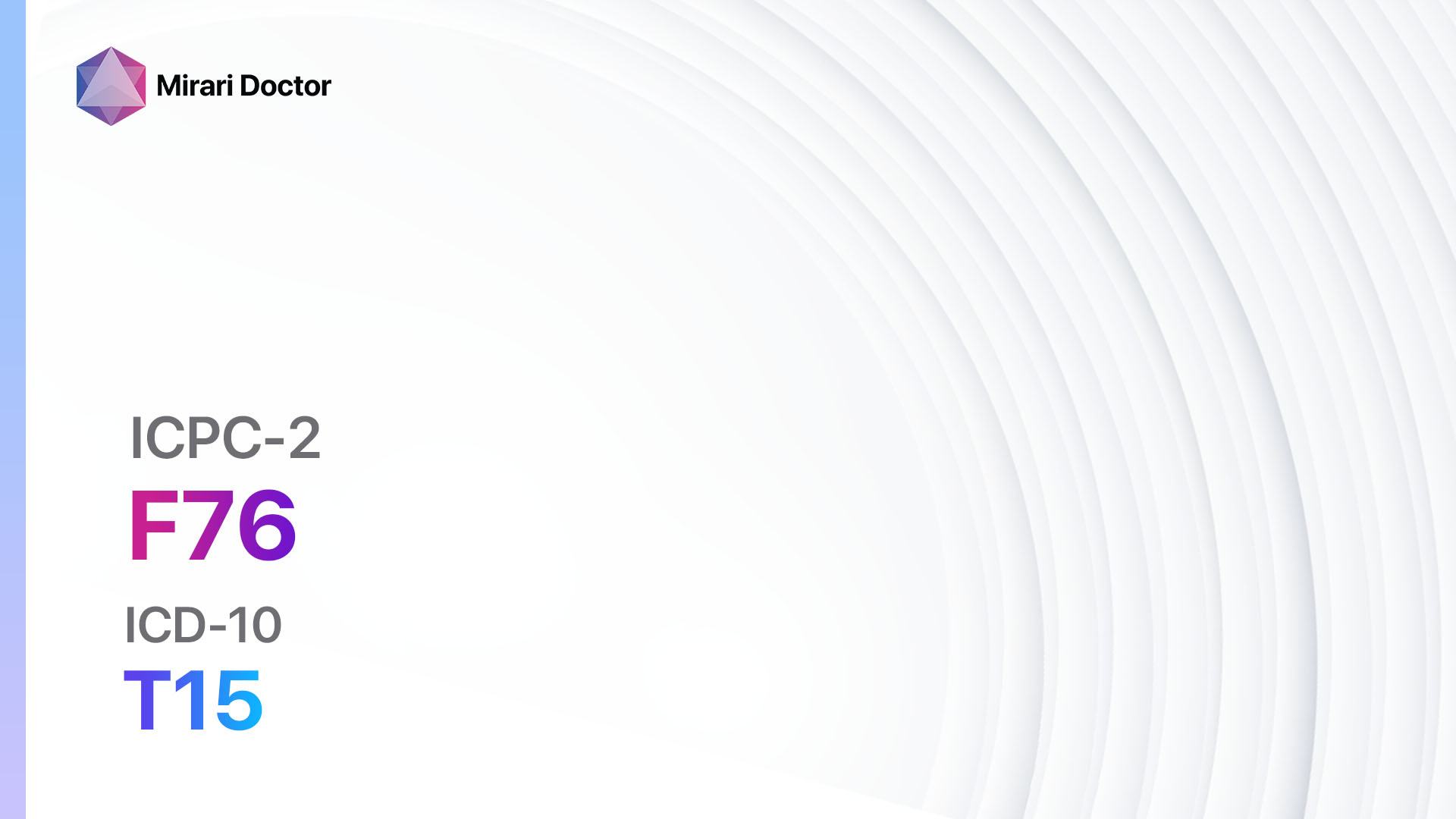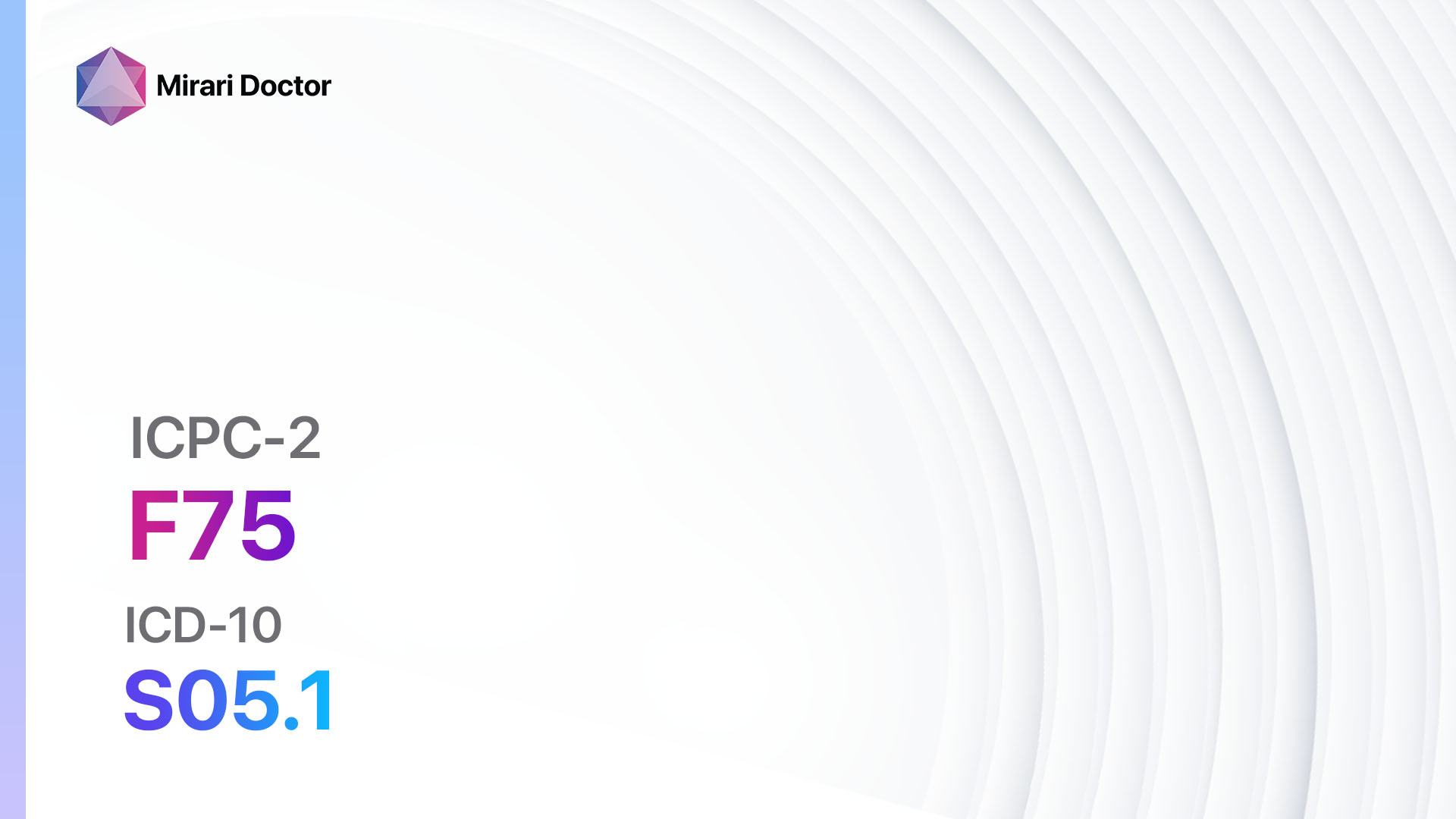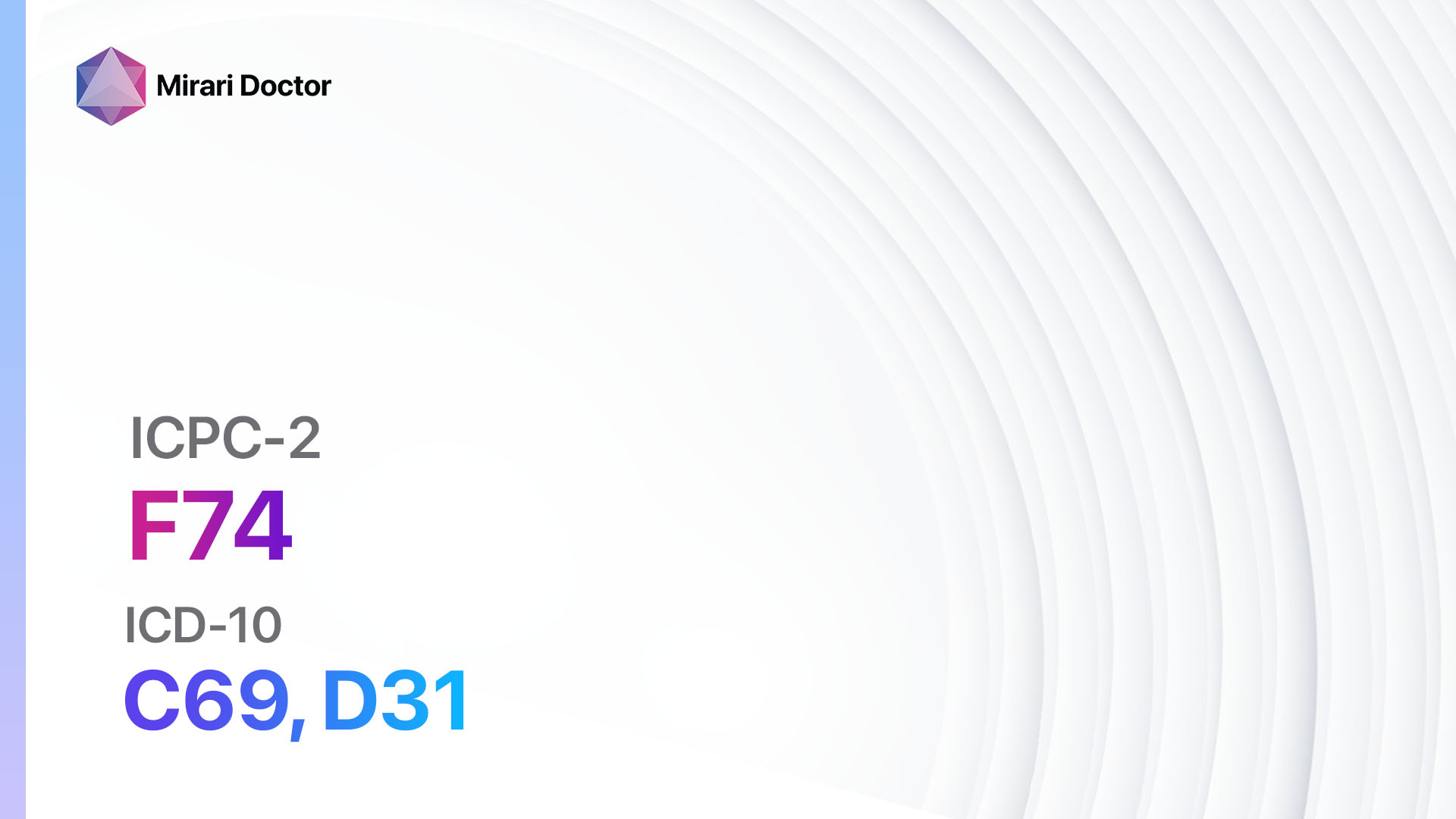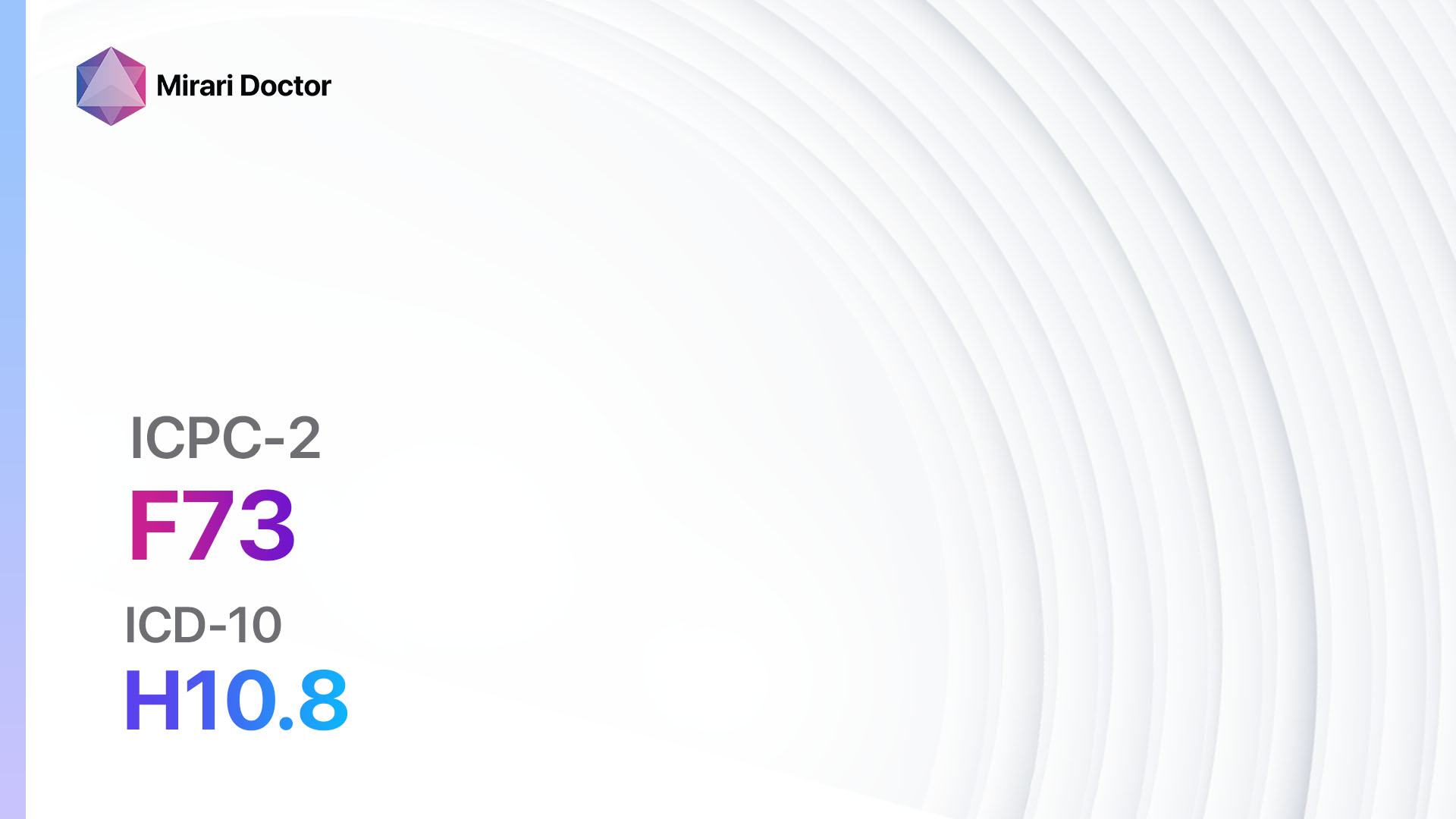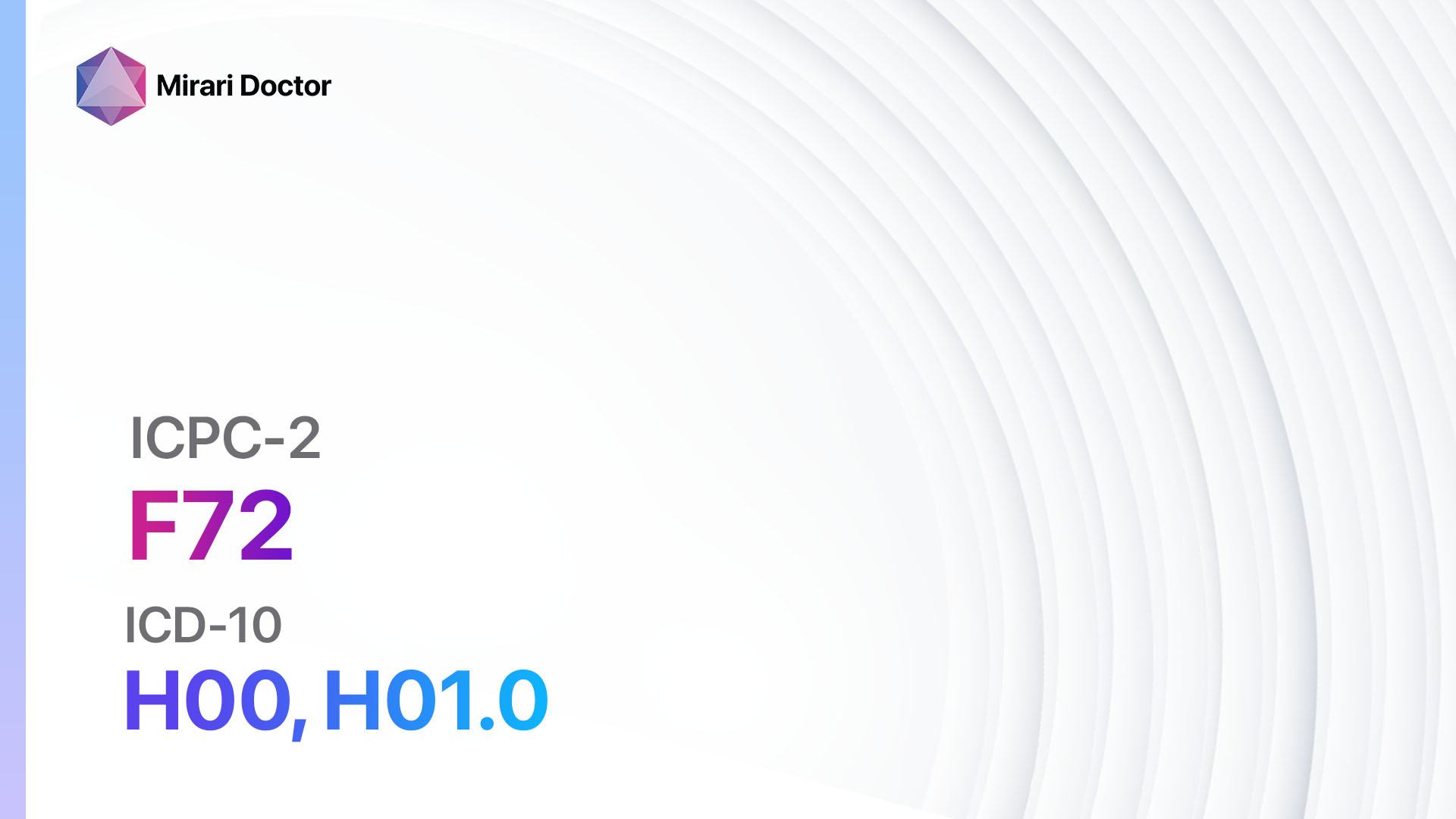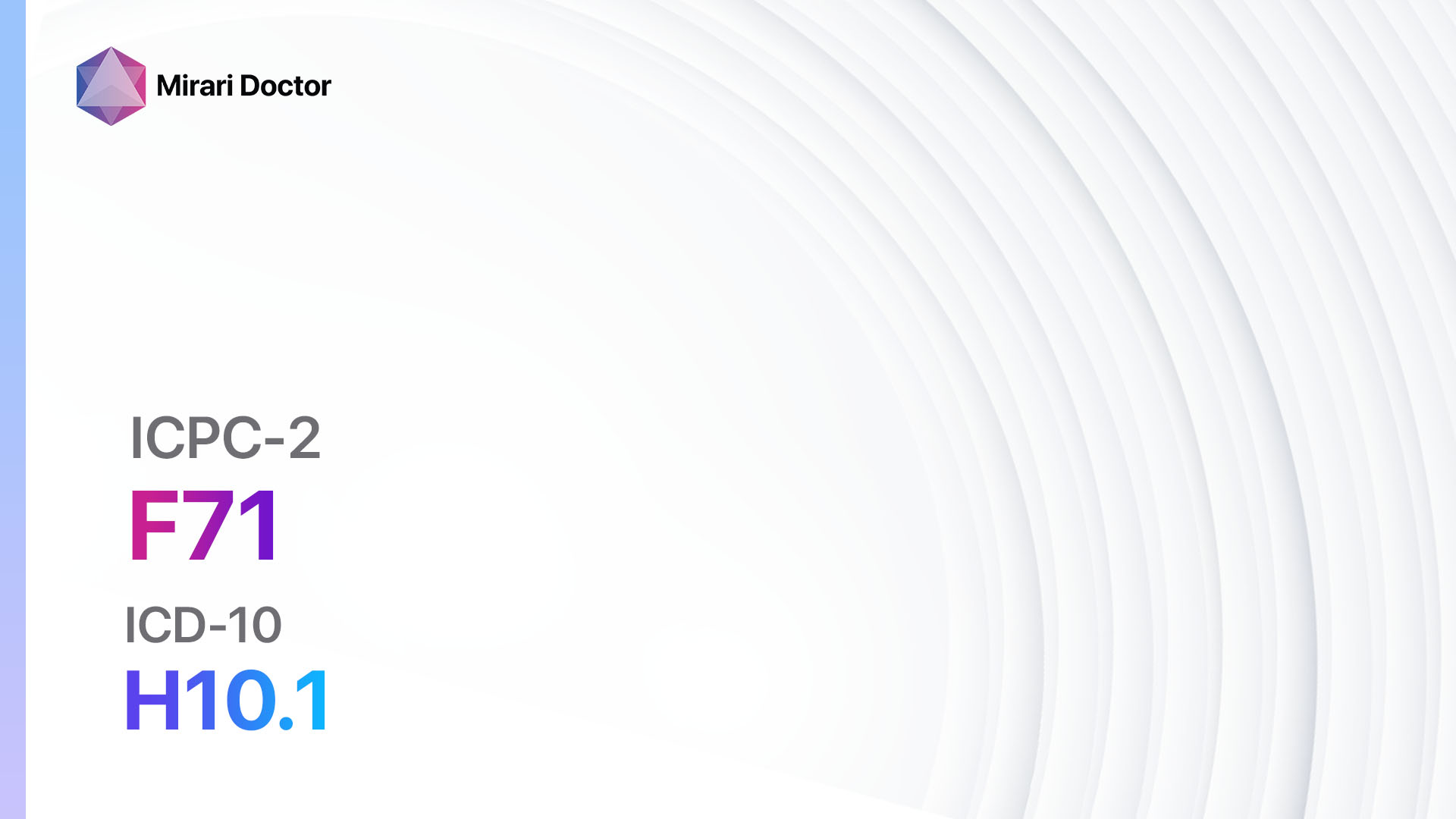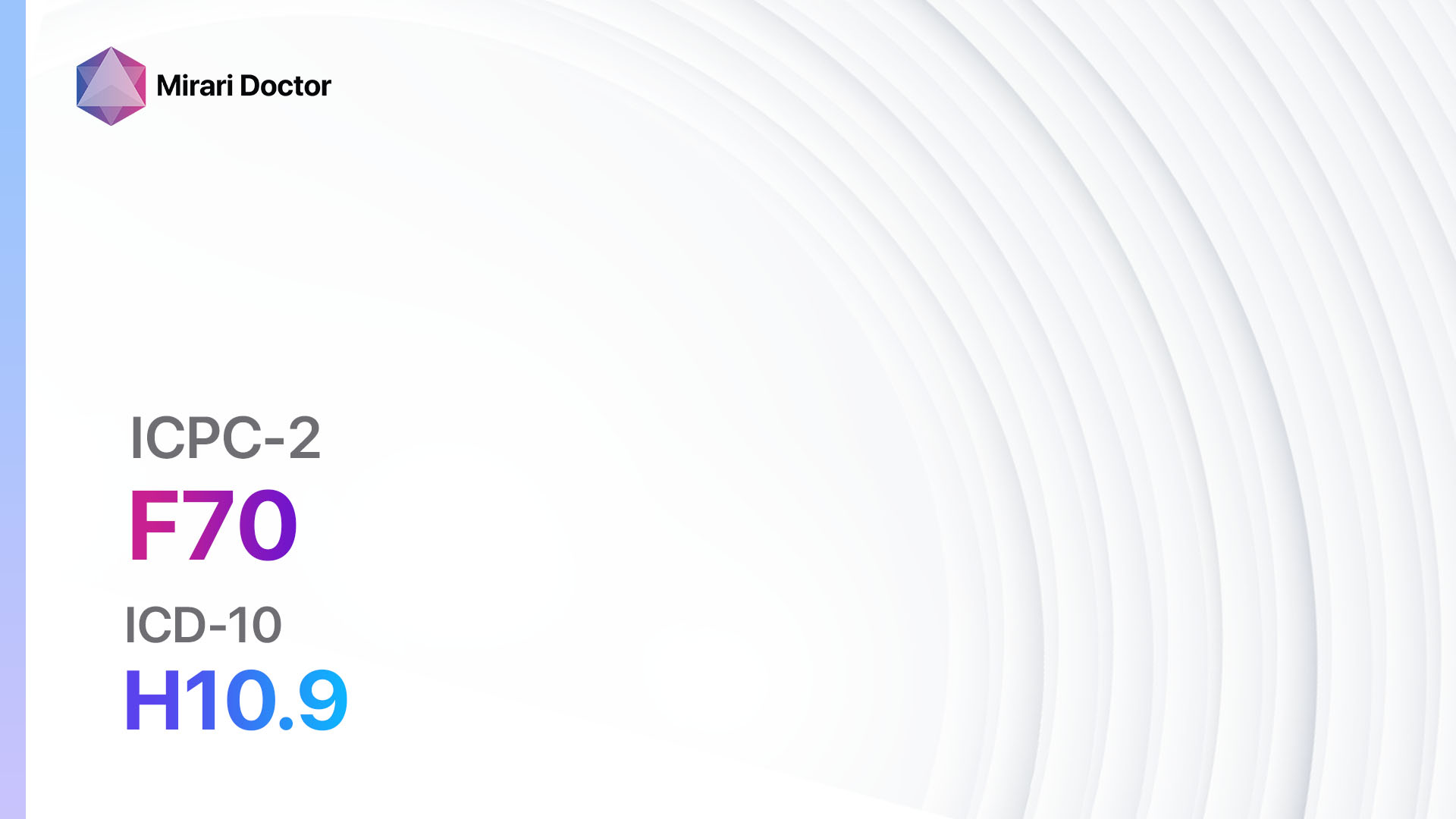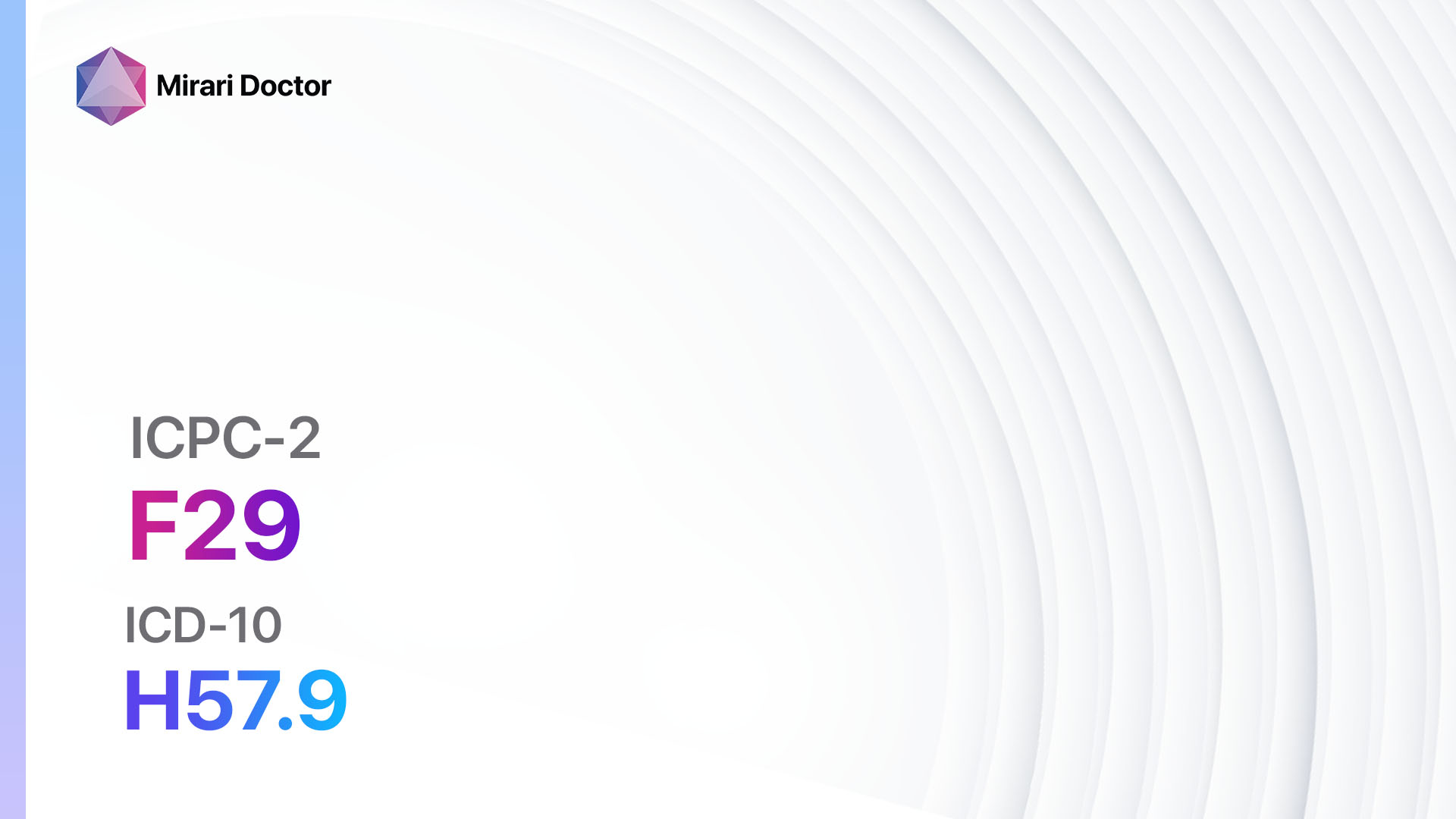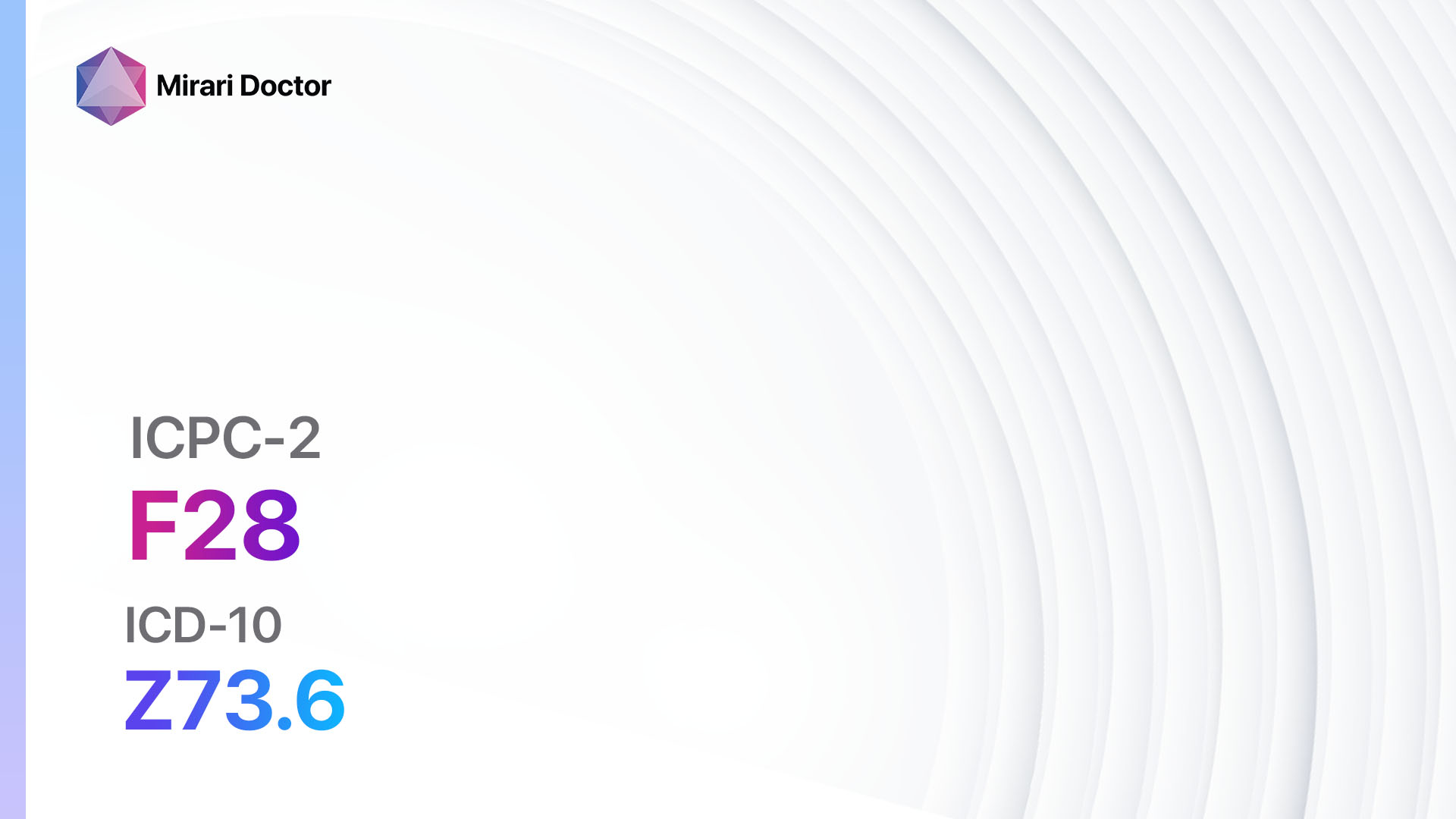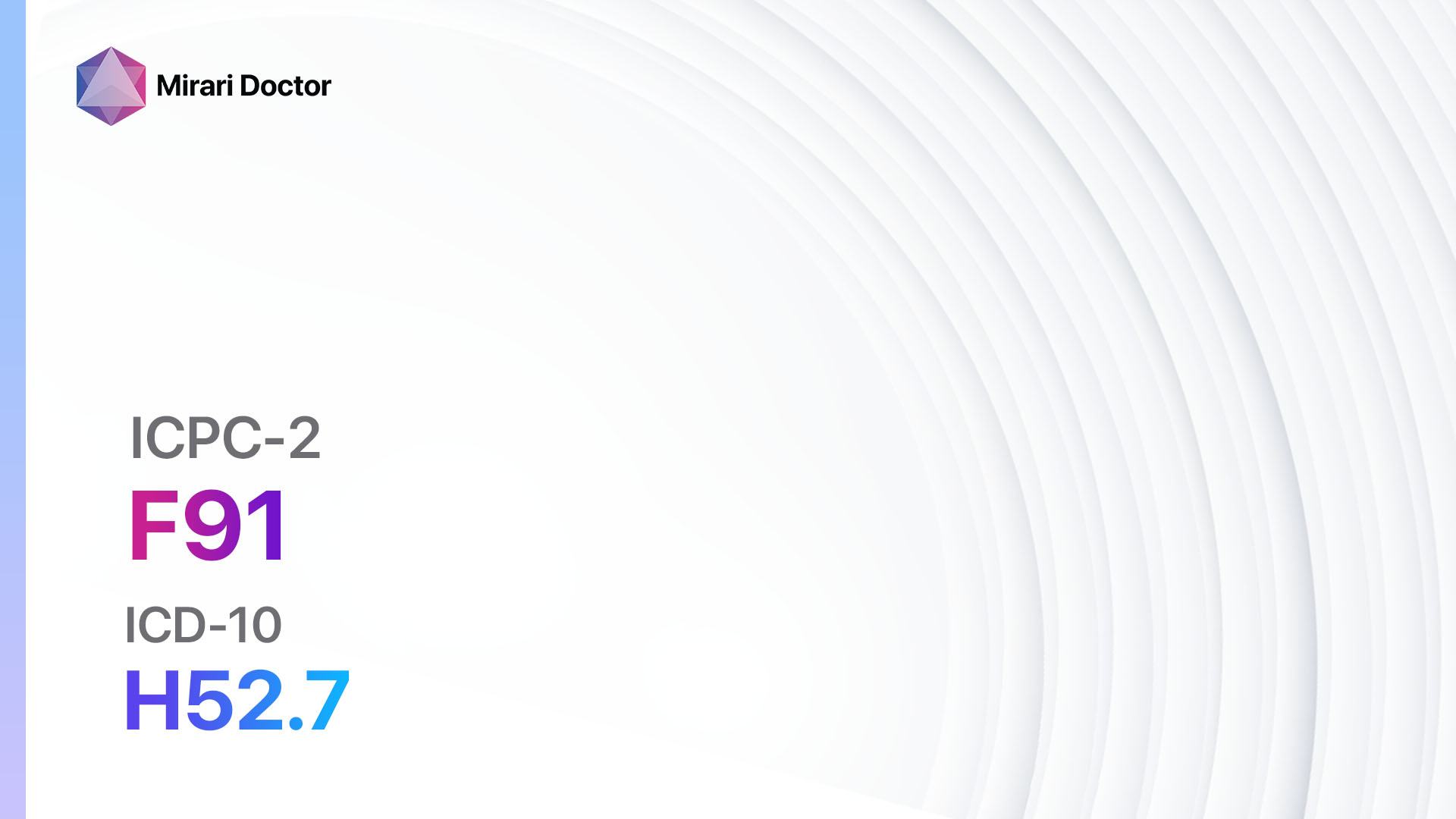
Introduction
Refractive error is a common eye condition that affects the ability to see clearly. It occurs when the shape of the eye prevents light from focusing directly on the retina, resulting in blurred vision[1][2]. This guide aims to provide an overview of refractive error, including its symptoms, causes, diagnostic steps, possible interventions, and lifestyle modifications.
Codes
Symptoms
- Blurred vision: Objects may appear blurry or out of focus[5].
- Difficulty seeing at night: Poor vision in low light conditions[6].
- Eye strain: Fatigue or discomfort after prolonged visual tasks[7].
- Headaches: Recurring headaches, especially after reading or using digital devices[8].
- Squinting: Frequent squinting to see objects clearly[9].
Causes
- Myopia (nearsightedness): The eyeball is longer than normal or the cornea is too curved, causing light to focus in front of the retina[1].
- Hyperopia (farsightedness): The eyeball is shorter than normal or the cornea is too flat, causing light to focus behind the retina[1].
- Astigmatism: The cornea or lens has an irregular shape, causing blurred or distorted vision[1].
- Presbyopia: Age-related loss of near vision due to the hardening of the lens[1].
Diagnostic Steps
Medical History
- Gather information about the patient’s visual symptoms, including the onset, duration, and progression[10].
- Ask about any family history of refractive error or other eye conditions[10].
- Inquire about any underlying medical conditions or medications that may contribute to visual changes[10].
Physical Examination
- Perform a comprehensive eye examination, including visual acuity testing, refraction assessment, and evaluation of eye movements.
- Use a retinoscope or autorefractor to measure the refractive error objectively.
- Check for any signs of underlying eye conditions, such as cataracts or glaucoma.
Laboratory Tests
- No specific laboratory tests are required for the diagnosis of refractive error.
Diagnostic Imaging
- No diagnostic imaging is necessary for the diagnosis of refractive error.
Other Tests
- Corneal topography: Measures the shape of the cornea to detect irregularities that may contribute to astigmatism.
- Pupil dilation: Allows for a more thorough examination of the retina and optic nerve.
Follow-up and Patient Education
- Schedule regular follow-up appointments to monitor any changes in visual acuity or symptoms.
- Educate the patient about the importance of wearing corrective lenses or undergoing refractive surgery if necessary.
- Provide information on proper eye care and the prevention of eye strain.
Possible Interventions
Traditional Interventions
Medications:
Top 5 drugs for Refractive error:
- Eyeglasses or Contact lenses:
- Cost: Varies depending on the type and brand of lenses. Eyeglasses can range from $50 to $500, while contact lenses can range from $20 to $200 per box.
- Contraindications: None.
- Side effects: Discomfort or dryness with contact lenses.
- Severe side effects: Rare, but can include corneal infections or ulcers with improper lens care.
- Drug interactions: None.
- Warning: Regular eye exams are necessary to ensure proper prescription and fit.
- Refractive surgery (e.g., LASIK, PRK):
- Cost: $1,500 to $3,000 per eye.
- Contraindications: Thin corneas, unstable vision, certain eye conditions.
- Side effects: Dry eyes, glare, halos, fluctuating vision.
- Severe side effects: Rare, but can include infection, corneal scarring, or vision loss.
- Drug interactions: None.
- Warning: Not suitable for everyone, and results may vary.
- Orthokeratology (Ortho-K):
- Cost: $1,000 to $2,000 for the initial fitting and lenses.
- Contraindications: Dry eyes, certain corneal conditions.
- Side effects: Discomfort, increased risk of eye infections.
- Severe side effects: Rare, but can include corneal ulcers or scarring.
- Drug interactions: None.
- Warning: Requires regular follow-up visits and lens cleaning.
- Multifocal contact lenses:
- Cost: $50 to $200 per box.
- Contraindications: Dry eyes, certain corneal conditions.
- Side effects: Discomfort, dryness, decreased contrast sensitivity.
- Severe side effects: Rare, but can include corneal infections or ulcers with improper lens care.
- Drug interactions: None.
- Warning: Regular eye exams are necessary to ensure proper prescription and fit.
- Phakic intraocular lenses:
- Cost: $3,000 to $5,000 per eye.
- Contraindications: Thin corneas, unstable vision, certain eye conditions.
- Side effects: Glare, halos, increased risk of cataracts.
- Severe side effects: Rare, but can include infection, retinal detachment, or vision loss.
- Drug interactions: None.
- Warning: Requires surgical implantation and regular follow-up visits.
Surgical Procedures:
- Refractive lens exchange (RLE):
- Cost: $3,000 to $5,000 per eye.
- Contraindications: Unstable vision, certain eye conditions.
- Side effects: Glare, halos, increased risk of cataracts.
- Severe side effects: Rare, but can include infection, retinal detachment, or vision loss.
- Drug interactions: None.
- Warning: Requires surgical removal of the natural lens and replacement with an artificial lens.
Alternative Interventions
- Orthoptic exercises: Eye exercises to improve eye coordination and focusing abilities. Cost: Varies, but typically $50-$100 per session.
- Vision therapy: A customized program of eye exercises and activities to improve visual skills. Cost: Varies, but typically $100-$200 per session.
- Nutritional supplements: Certain vitamins and minerals may support eye health. Cost: Varies depending on the specific supplement.
- Behavioral optometry: A holistic approach to vision care that considers the visual system’s impact on overall well-being. Cost: Varies depending on the specific treatment plan.
- Yoga for the eyes: Specific eye exercises and relaxation techniques to improve eye muscle strength and flexibility. Cost: Varies, but typically $10-$20 per session.
Lifestyle Interventions
- Proper lighting: Ensure adequate lighting when reading or performing close-up tasks to reduce eye strain. Cost: Varies depending on the type of lighting used.
- Frequent breaks: Take regular breaks during prolonged visual tasks to rest the eyes. Cost: None.
- Healthy diet: Eat a balanced diet rich in fruits, vegetables, and omega-3 fatty acids to support eye health. Cost: Varies depending on food choices.
- Reduce screen time: Limit the use of digital devices and take regular breaks to reduce eye strain. Cost: None.
- Protective eyewear: Wear sunglasses or protective goggles in bright sunlight or hazardous environments. Cost: Varies depending on the type of eyewear.
It is important to note that the cost ranges provided are approximate and may vary depending on the location and availability of the interventions.
Mirari Cold Plasma Alternative Intervention
Understanding Mirari Cold Plasma
- Safe and Non-Invasive Treatment: Mirari Cold Plasma is a safe and non-invasive treatment option for various skin conditions. It does not require incisions, minimizing the risk of scarring, bleeding, or tissue damage.
- Efficient Extraction of Foreign Bodies: Mirari Cold Plasma facilitates the removal of foreign bodies from the skin by degrading and dissociating organic matter, allowing easier access and extraction.
- Pain Reduction and Comfort: Mirari Cold Plasma has a local analgesic effect, providing pain relief during the treatment, making it more comfortable for the patient.
- Reduced Risk of Infection: Mirari Cold Plasma has antimicrobial properties, effectively killing bacteria and reducing the risk of infection.
- Accelerated Healing and Minimal Scarring: Mirari Cold Plasma stimulates wound healing and tissue regeneration, reducing healing time and minimizing the formation of scars.
Mirari Cold Plasma Prescription
Video instructions for using Mirari Cold Plasma Device – F91 Refractive error (ICD-10:H52.7)
| Mild | Moderate | Severe |
| Mode setting: 1 (Infection) Location: 7 (Neuro system & ENT) Morning: 15 minutes, Evening: 15 minutes |
Mode setting: 1 (Infection) Location: 7 (Neuro system & ENT) Morning: 30 minutes, Lunch: 30 minutes, Evening: 30 minutes |
Mode setting: 1 (Infection) Location: 7 (Neuro system & ENT) Morning: 30 minutes, Lunch: 30 minutes, Evening: 30 minutes |
| Mode setting: 2 (Wound Healing) Location: 7 (Neuro system & ENT) Morning: 15 minutes, Evening: 15 minutes |
Mode setting: 2 (Wound Healing) Location: 7 (Neuro system & ENT) Morning: 30 minutes, Lunch: 30 minutes, Evening: 30 minutes |
Mode setting: 2 (Wound Healing) Location: 7 (Neuro system & ENT) Morning: 30 minutes, Lunch: 30 minutes, Evening: 30 minutes |
| Mode setting: 3 (Antiviral Therapy) Location: 7 (Neuro system & ENT) Morning: 15 minutes, Evening: 15 minutes |
Mode setting: 3 (Antiviral Therapy) Location: 7 (Neuro system & ENT) Morning: 30 minutes, Lunch: 30 minutes, Evening: 30 minutes |
Mode setting: 3 (Antiviral Therapy) Location: 7 (Neuro system & ENT) Morning: 30 minutes, Lunch: 30 minutes, Evening: 30 minutes |
| Total Morning: 45 minutes approx. $7.50 USD, Evening: 45 minutes approx. $7.50 USD |
Total Morning: 90 minutes approx. $15 USD, Lunch: 90 minutes approx. $15 USD, Evening: 90 minutes approx. $15 USD, |
Total Morning: 90 minutes approx. $15 USD, Lunch: 90 minutes approx. $15 USD, Evening: 90 minutes approx. $15 USD, |
| Usual treatment for 7-60 days approx. $105 USD – $900 USD | Usual treatment for 6-8 weeks approx. $1,890 USD – $2,520 USD |
Usual treatment for 3-6 months approx. $4,050 USD – $8,100 USD
|
 |
|
Use the Mirari Cold Plasma device to treat Refractive error effectively.
WARNING: MIRARI COLD PLASMA IS DESIGNED FOR THE HUMAN BODY WITHOUT ANY ARTIFICIAL OR THIRD PARTY PRODUCTS. USE OF OTHER PRODUCTS IN COMBINATION WITH MIRARI COLD PLASMA MAY CAUSE UNPREDICTABLE EFFECTS, HARM OR INJURY. PLEASE CONSULT A MEDICAL PROFESSIONAL BEFORE COMBINING ANY OTHER PRODUCTS WITH USE OF MIRARI.
Step 1: Cleanse the Skin
- Start by cleaning the affected area of the skin with a gentle cleanser or mild soap and water. Gently pat the area dry with a clean towel.
Step 2: Prepare the Mirari Cold Plasma device
- Ensure that the Mirari Cold Plasma device is fully charged or has fresh batteries as per the manufacturer’s instructions. Make sure the device is clean and in good working condition.
- Switch on the Mirari device using the power button or by following the specific instructions provided with the device.
- Some Mirari devices may have adjustable settings for intensity or treatment duration. Follow the manufacturer’s instructions to select the appropriate settings based on your needs and the recommended guidelines.
Step 3: Apply the Device
- Place the Mirari device in direct contact with the affected area of the skin. Gently glide or hold the device over the skin surface, ensuring even coverage of the area experiencing.
- Slowly move the Mirari device in a circular motion or follow a specific pattern as indicated in the user manual. This helps ensure thorough treatment coverage.
Step 4: Monitor and Assess:
- Keep track of your progress and evaluate the effectiveness of the Mirari device in managing your Refractive error. If you have any concerns or notice any adverse reactions, consult with your health care professional.
Note
This guide is for informational purposes only and should not replace the advice of a medical professional. Always consult with your healthcare provider or a qualified medical professional for personal advice, diagnosis, or treatment. Do not solely rely on the information presented here for decisions about your health. Use of this information is at your own risk. The authors of this guide, nor any associated entities or platforms, are not responsible for any potential adverse effects or outcomes based on the content.
Mirari Cold Plasma System Disclaimer
- Purpose: The Mirari Cold Plasma System is a Class 2 medical device designed for use by trained healthcare professionals. It is registered for use in Thailand and Vietnam. It is not intended for use outside of these locations.
- Informational Use: The content and information provided with the device are for educational and informational purposes only. They are not a substitute for professional medical advice or care.
- Variable Outcomes: While the device is approved for specific uses, individual outcomes can differ. We do not assert or guarantee specific medical outcomes.
- Consultation: Prior to utilizing the device or making decisions based on its content, it is essential to consult with a Certified Mirari Tele-Therapist and your medical healthcare provider regarding specific protocols.
- Liability: By using this device, users are acknowledging and accepting all potential risks. Neither the manufacturer nor the distributor will be held accountable for any adverse reactions, injuries, or damages stemming from its use.
- Geographical Availability: This device has received approval for designated purposes by the Thai and Vietnam FDA. As of now, outside of Thailand and Vietnam, the Mirari Cold Plasma System is not available for purchase or use.
References
- Schiefer, U., Kraus, C., Baumbach, P., & Michels, R. (2016). Refractive errors. PMC, 113(41), 693-703. https://www.ncbi.nlm.nih.gov/pmc/articles/PMC5143802/
- MyVision.org. (n.d.). Refractive Errors: Types, Signs, Causes, and Treatment. https://myvision.org/eye-conditions/refractive-errors/
- AAPC. (n.d.). ICD-10-CM Code for Disorders of refraction and accommodation H52. https://www.aapc.com/codes/icd-10-codes/H52
- AAPC. (n.d.). ICD-10-CM Code for Unspecified disorder of refraction H52.7. https://www.aapc.com/codes/icd-10-codes/H52.7
- Cleveland Clinic. (2022, September 29). Refractive Errors: Types, Symptoms & Treatments. https://my.clevelandclinic.org/health/diseases/24224-refractive-errors
- Dhaliwal, D. K. (2018). Overview of Refractive Error. MSD Manual Professional Version. https://www.msdmanuals.com/professional/eye-disorders/refractive-error/overview-of-refractive-error
- Twin Lakes Vision Clinic. (n.d.). Symptoms, Causes & Diagnosis of Common Refractive Errors. https://twinlakesvisionclinic.com/about-your-eyes/symptoms-causes-diagnosis-of-common-refractive-errors/
- Domino, F. J., Baldor, R. A., Golding, J., & Stephens, M. B. (Eds.). (2020). Refractive Errors. 5-Minute Clinical Consult (27th ed.). Wolters Kluwer. https://www.unboundmedicine.com/5minute/view/5-Minute-Clinical-Consult/1688468/all/Refractive_Errors
- Oscar Wylee. (n.d.). Refractive Errors: Types, Causes, Symptoms, Diagnosis, and Treatments. https://www.oscarwylee.com.au/glasses/eye/refractive-errors
- Yasmin, S., Minto, H., & Chan, V. F. (2015). School eye health – going beyond refractive errors. Community Eye Health, 28(89), 14. https://www.ncbi.nlm.nih.gov/pmc/articles/PMC4579995/
Related articles
Made in USA


